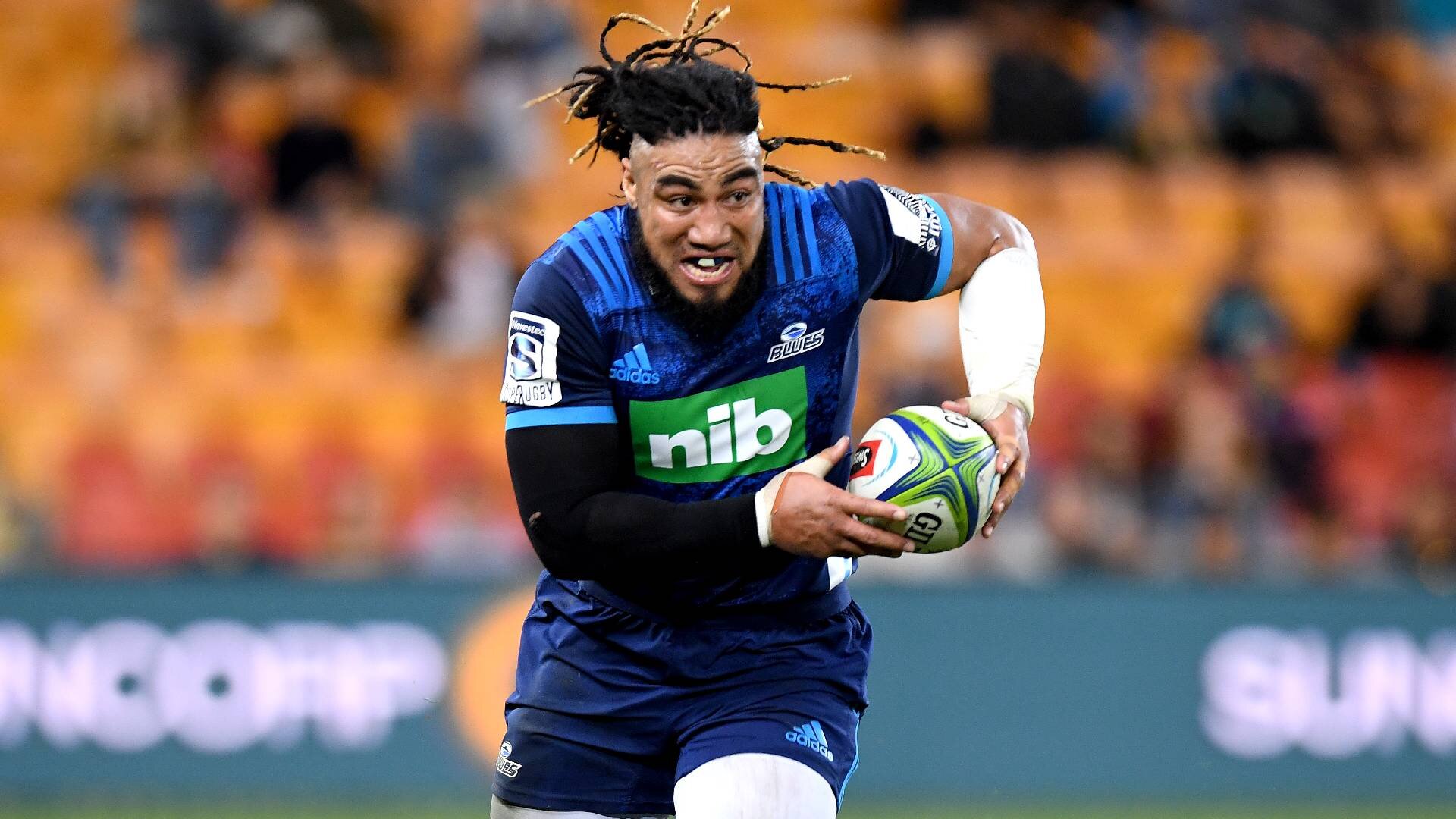The good, bad and ugly: 10 All Blacks who came back to New Zealand like Dan Carter did

Dan Carter’s unexpected arrival at the Blues earlier this week has generated much fanfare and interest worldwide, but especially in New Zealand, which will kick-off its revamped Super Rugby Aotearoa campaign next week.
Already established as a genuine legend of the game, the 38-year-old has little to prove with his new side, but that won’t stop people from tuning in in their droves to watch the three-time World Rugby player of the year strut his stuff at Eden Park.
With years of experience in Japan and France with Racing 92 and the Kobelco Steelers, Carter’s return to New Zealand shores spurred the idea of looking back at ten other All Blacks who came back to their homeland following stints abroad to see how they fared with varying results.
Jonah Lomu
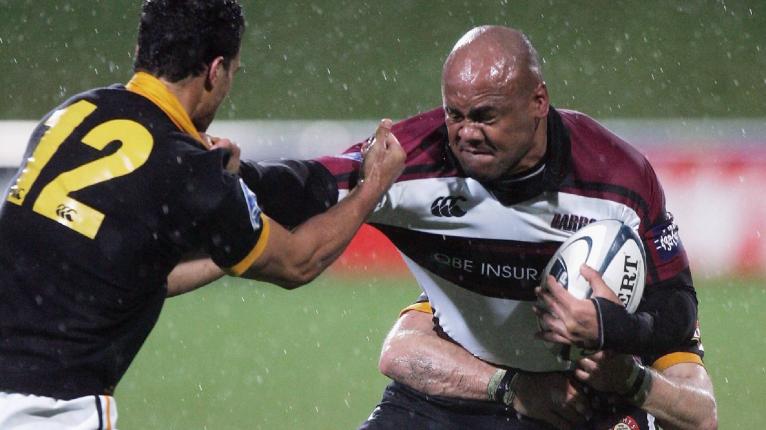
Often heralded as the first genuine global rugby superstar, the late Jonah Lomu’s impact on the game was unparalleled.
His incredible displays of strength and power at the 1995 World Cup made him an All Blacks icon, and were it not for his diagnosis of nephrotic syndrome, a rare kidney disease, his tenure in the black jersey would have been undoubtedly longer.
However, Lomu’s international career came to an end in 2002, with the 73-test wing forced into retirement a year later as he sought a kidney transplant.
He returned in 2005, though, signing a two-year deal with North Harbour in the NPC with the aim of regaining his place in the All Blacks and playing at the 2007 World Cup in France.
A shoulder injury in his first match back in a testimonial fixture for former England skipper Martin Johnson ruled him out of the first season of his deal, with North Harbour allowing the 30-year-old to take up a short-term deal with the Cardiff Blues to get back up to speed.
Bagging a solitary try in 10 appearances, Lomu returned to New Zealand for the 2006 NPC campaign, but failed to impress in just four outings for North Harbour, leaving him without contract for the 2007 Super 14 season, thus ending his World Cup hopes.
He went on to make seven appearances for third-tier French side Marseille Vitrolles between 2009 and 2010 before eventually hanging up the boots.
Lomu passed away in 2015 at the age of 40 due to a heart attack with links to his kidney disease.
Brad Thorn
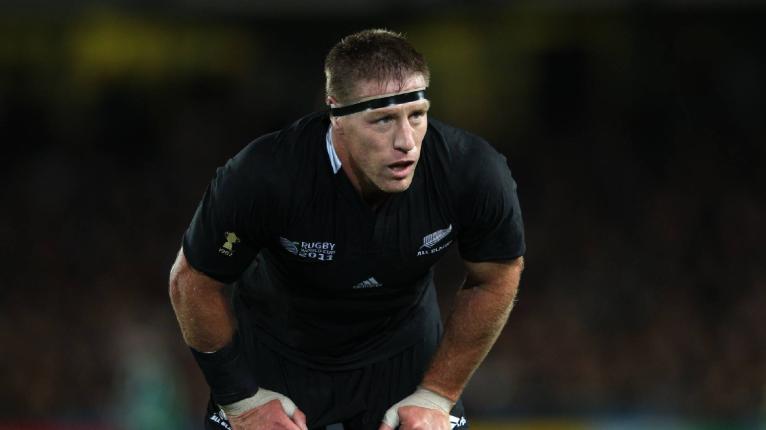
One of the toughest men to lace up the boots in both rugby union and rugby league, Brad Thorn was also one of the most successful.
As a multiple champion in the Super League, NRL and State of Origin, as well as an eight-test Kangaroo, the lock backed up with NPC, Tri Nations and Bledisloe Cup crowns in his first stint in union with Canterbury and the All Blacks between 2001 and 2004.
He crossed back over to league in 2005, adding another NRL title to his name with the Brisbane Broncos, before deciding – at the grand old age of 33 – to have another crack at union.
Returning to the Crusaders just months after New Zealand’s quarter-final exit at the 2007 World Cup, Thorn was a key figure in the Crusaders’ second row alongside Ali Williams en route to the 2008 Super 14 crown.
With a work ethic and mongrel that few others possessed, the decorated dual code star was rewarded with an All Blacks re-call, five years after his last international appearance, and went on to play a total of 59 tests, with the last of those coming in New Zealand’s 2011 World Cup final victory over France.
Despite retiring from test rugby at the age of 36, Thorn still had a further five years of elite club rugby in his legs, turning out for the Munakata Sanix Blues, Leinster (who he won a Heineken Cup with), the Highlanders, Leicester Tigers and Queensland Country.
After eventually calling it a day in 2016, the 45-year-old has worked his way up through the coaching ranks and is now head coach of the Queensland Reds in Super Rugby.
Luke McAlister

Able to play across both five-eighth positions, Luke McAlister made his All Blacks debut as a promising 21-year-old playmaker against the British and Irish Lions in 2005.
He maintained his place in the national set-up right through to the 2007 World Cup, where he played a key role in the All Blacks’ shock 20-18 quarter-final defeat to France, a match in which he scored a try but was also yellow-carded.
Following the tournament, McAlister was among many incumbent All Blacks from that tournament who headed abroad in 2008, signing with the Sale Sharks in the English Premiership.
His inital stint in the Northern Hemisphere didn’t last long, though, as he re-signed with the Blues and North Harbour a year later in a bid to re-claim his place in the All Blacks leading into the 2011 World Cup.
Despite being rushed into the national set-up upon his arrival back in New Zealand, McAlister didn’t play for the All Blacks beyond 2009, with his 30th and final test appearance coming against France in November that year.
He re-joined Sale after missing the 2011 World Cup squad, and went on to play for Toulouse – who he won the Top 14 with in 2012 – Toulon and Clermont before calling time on his career two years ago.
Tana Umaga

By the time Tana Umaga said his farewells to New Zealand rugby in 2007, his status in the country was already enormous.
A long-time member of the All Blacks, the wing-turned-midfielder had made 74 test appearances in New Zealand colours between 1997 and 2005, and became the first Pasifika captain of the national side in 2004.
Despite retiring internationally, Umaga stayed on with his beloved Hurricanes and Wellington, becoming a centurion for both sides while also playing for ambitious second-tier French club Toulon between 2006 and 2007.
Appointed head coach of Toulon in 2008, Umaga’s role was overtaken by Philippe Saint-Andre the following year, with the 35-year-old instead signing a player-manager deal that would break his two-year retirement.
Eager to return home, Umaga surprised many Kiwis to sign a player-assistant coach contract with Counties Manukau in the ITM Cup in 2010 in a deal that most expected was intended to further his coaching career.
What transpired, though, was a fresh Super Rugby contract with the Chiefs, who under current All Blacks boss Ian Foster, picked up the 37-year-old for their 2011 campaign.
Umaga played seven times that year, scoring one try for the Hamilton franchise before moving back into full-time coaching, leading Counties to ITM Cup and Ranfurly Shield success and joining on with the Blues, who he is now an assistant for, as a head coach in 2016.
Tony Brown
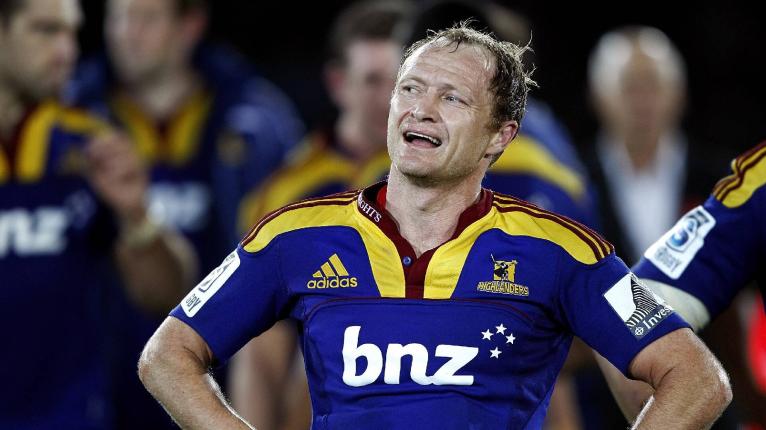
Without ever firmly establishing himself as New Zealand’s premier first-five behind the likes of Andrew Mehrtens and Carlos Spencer, Highlanders pivot Tony Brown enjoyed a successful period during his time in his homeland.
An NPC champion with Otago in 1998 and Super Rugby finalist a year later, Brown also accumulated 18 tests for the All Blacks between 1999 and 2001, adding to his 71 caps for Otago and 83 appearances for the Highlanders before his departure to Japan in 2005.
Linking up with the Sanyo Wild Knights, Brown returned to Super Rugby for two further one-year stints with the Sharks in 2006 and Stormers in 2008.
By the time his playing days were done with the Wild Knights in 2011, the experienced playmaker had turned 36 and was on the verge of retirement.
That was until the Highlanders came calling following injuries to Lima Sopoaga and Colin Slade at the beginning of their Super Rugby season.
Despite his six-year absence, Brown slotted in seamlessly, making a further eight appearances for the Dunedin franchise and captaining Otago in that year’s ITM Cup leading many pundits to call for his inclusion in that year’s All Blacks World Cup squad as a back-up to Dan Carter.
It wasn’t to be, with Brown instead working his way through the coaching ranks with the Wild Knights, Otago, the Sunwolves, the Highlanders and Japan, the latter two sides of which he currently works for as an assistant.
Mils Muliaina
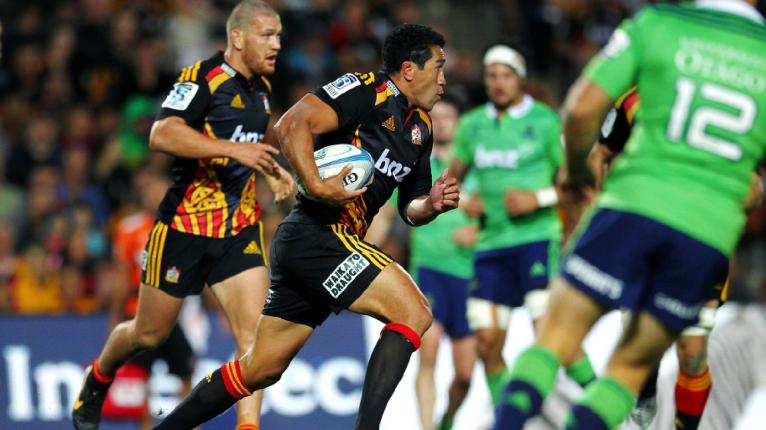
A 2011 World Cup winner, six-time Tri Nations champion, 2003 Super Rugby titleholder and four-time provincial victor, Mils Muliaina had won it all by the time he ended his 12-year career in New Zealand following his World Cup success.
The Super Rugby centurion had taken up a deal to join the NTT DoCoMo Red Hurricanes in Japan, where he stayed for three years between 2011 and 2013.
Most would have expected the 100-cap All Blacks fullback to end his career there as he creeped into his 30s, but he was a surprise inclusion in Dave Rennie’s Chiefs squad for the 2014 Super Rugby season.
After having been overtaken by Israel Dagg as the country’s premier No. 15 during the recent World Cup, many were intrigued to see if Muliaina could re-create the form that made him so successful, but his second stint in Hamilton didn’t reap the same rewards.
Just one try from six appearances was enough for the 34-year-old to explore his options overseas, as he ended his playing days playing for Connacht, Zebre and the San Francisco Rush in the now defunct PRO Rugby competition in 2016.
Now back in New Zealand, Muliaina now works as a broadcaster and commentator for Sky Sport.
Sonny Bill Williams

Like Thorn, Sonny Bill Williams has established himself as one of the most successful cross-code athletes of all-time.
A two-time winner of the NRL with 12 Kiwis caps to his name, a 2012 Super Rugby champion with the Chiefs and part of the 2011 World Cup-winning All Blacks side, Williams was flying high during his second stint in league with the Sydney Roosters between 2013 and 2014.
Still, it was intriguing to see if the explosive midfielder would be able to recapture his form in rugby union after it was announced he would return to the XV-man code with the Chiefs ahead of the 2015 World Cup and 2016 Rio Olympics.
An early exit from the NRL by the Roosters in 2014 allowed Williams to link up with Counties Manukau just 12 days after his last appearance in league, leading him to be rushed back into the national squad for their end-of-year tour of the USA and Europe.
With his hulking frame and inexplicable offloading ability, Williams shone at both club and international level, helping lead the All Blacks to a second successive World Cup crown before making a brief appearance appearance for the All Blacks Sevens at the 2016 Olympics, with an achilles injury ruining his tournament.
From there, the 34-year-old went gone on to play 58 times for the All Blacks, making a third World Cup showing last year, and turned out for the Blues between 2017 and 2019.
He switched back to rugby league for a third time last year, signing a record-breaking $10m two-year deal with Canadian club the Toronto Wolfpack, who play in the English Super League.
Ma’a Nonu

As part of the golden generation of the All Blacks who retired from international rugby in 2015, there was little Ma’a Nonu had to prove in New Zealand.
Having played 160 times at Super Rugby level for the Hurricanes, Highlanders and Blues, Nonu was also a two-time World Cup champion in 2011 and 2015, and was widely regarded as one of the best midfielders of all-time.
It made sense, then, for the 103-test All Black to cash in on his talents with Toulon which is where he stayed for three seasons while earning top dollar in the wake of his 2015 World Cup title.
That made it even more shocking when the Blues announced they had signed him for the 2019 Super Rugby season, with 36-year-old Nonu eager to make his way back into the national side to play at the 2019 World Cup.
Closer to the age of 40 than 30, many wondered if the veteran had it in him to make his mark on the game in Super Rugby, but he soon turned heads with an array of impressive performances for the underachieving Auckland franchise.
Nonu’s physicality and athleticism hadn’t gone amiss during his time in France, with many predicting he would be knocking on the door of the All Blacks selectors come time to picking their first squad of last year.
However, a log-jam of midfielders – including Williams, Ryan Crotty, Jack Goodhue, Anton Lienert-Brown and Ngani Laumape – prevented Nonu’s fairytale inclusion.
Instead, he has since signed with the San Diego Legion in Major League Rugby, where he continued his streak of form before the cancellation of the 2020 season due to coronavirus.
Adam Thomson
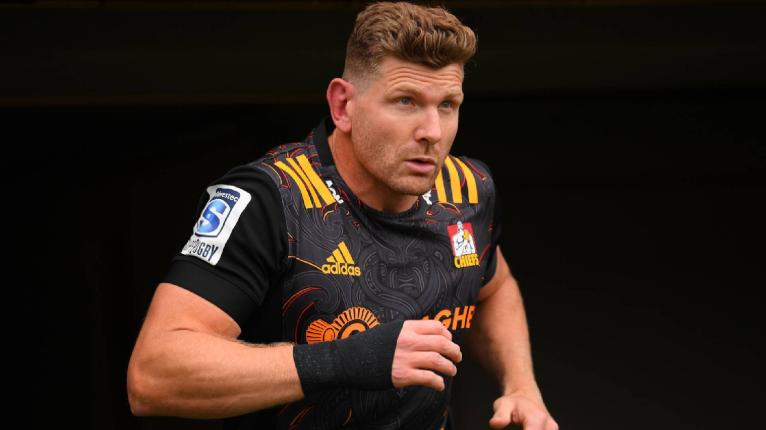
Another member of the 2011 World Cup squad, rangy loose forward Adam Thomson’s firepower efforts for Otago and the Highlanders from 2004 to 2012 made him quality back up to Richie McCaw, Kieran Read and Jerome Kaino at All Blacks level.
An experienced operator at all levels of the game, Thomson made his final appearance in an All Blacks jersey eight years ago, when he packed his bags and left for Japan to join the Canon Eagles in the Top League.
One-off spells in Super Rugby with the Reds and Rebels coincided with his stay in Japan, with the 27-test star eventually signing with the NEC Green Rockets in 2017.
It was there where he faced the biggest challenge of his career, with a diagnosis of lumbar discitis – an infection of the vertebral disc in the spine – that left him unable to walk and in severe pain.
After 57 days in a Tokyo hospital, Thomson was released, but his rugby-playing future looked bleak to say the least.
An increase in strength in fitness saw him return to the playing field at club level in New Zealand more than year later, though, and in a matter of months, the 38-year-old was signed by Otago for their Mitre 10 Cup campaign in 2019.
Despite being the oldest member of the squad by a considerable margin, Thomson flourished in his return to first-class rugby in New Zealand, so much so that the Chiefs picked him up as an injury replacement during their pre-season earlier this year.
Thomson’s rise from being unable to walk in a foreign hospital bed to professional rugby was complete in February, when he started his first Super Rugby match in four years when the Chiefs beat the Sunwolves 43-17 in Tokyo.
Aaron Cruden
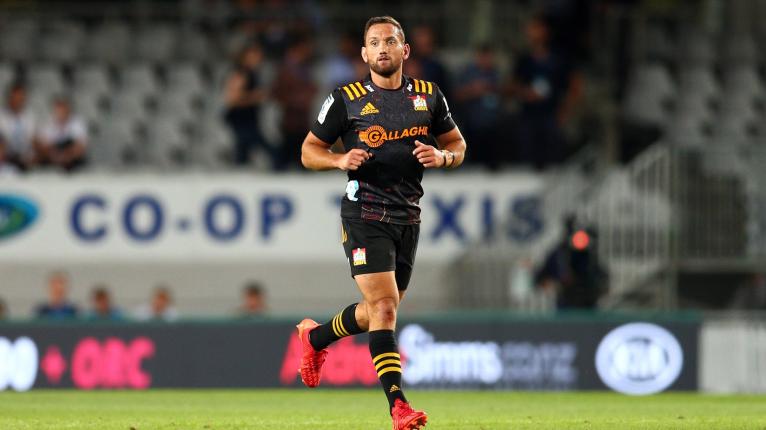
Regarded as one of New Zealand’s best playmakers of the past decade, Cruden could also be considered one of the unluckiest.
After originally missing out on selection for the 2011 World Cup, he was ushered into the squad as injury cover for Carter ahead of the knockout stages, but an first half injury of his own marred his appearance in the final of that tournament.
Four years later, the two-time Super Rugby-winning Chiefs pivot was again excluded from the 2015 event, this time due to a serious knee injury.
Handed the starting reins of the national No. 10 jersey in the wake of Carter’s exit from New Zealand the year after, another injury in the second test of the 2016 Wales series handed Beauden Barrett the license to prove his worth, and there was no going back from there.
Subsequently, Cruden picked up his 50th and final test cap for the All Blacks in the third test of the 2017 British and Irish Lions series before moving onto Montpellier, where was among the world’s highest-earning players.
After two season of lacklustre football in France’s Top 14, the 31-year-old announced he would return to the Chiefs in 2020 as a detour en route to joining the Kobelco Steelers in Japan’s Top League at the end of this year.
While European media often depicted that Cruden was below-par during his time at Montpellier, he returned with a hiss and a roar upon his comeback with the Hamilton club, playing a starring role in their impressive 4-2 start to the season before coronavirus ground that to a halt.
Nevertheless, Cruden will be expected to continue his hot form for the Chiefs when they kick-off their new Super Rugby Aotearoa campaign against the Highlanders at Forsyth Barr Stadium in Dunedin next week.










































































